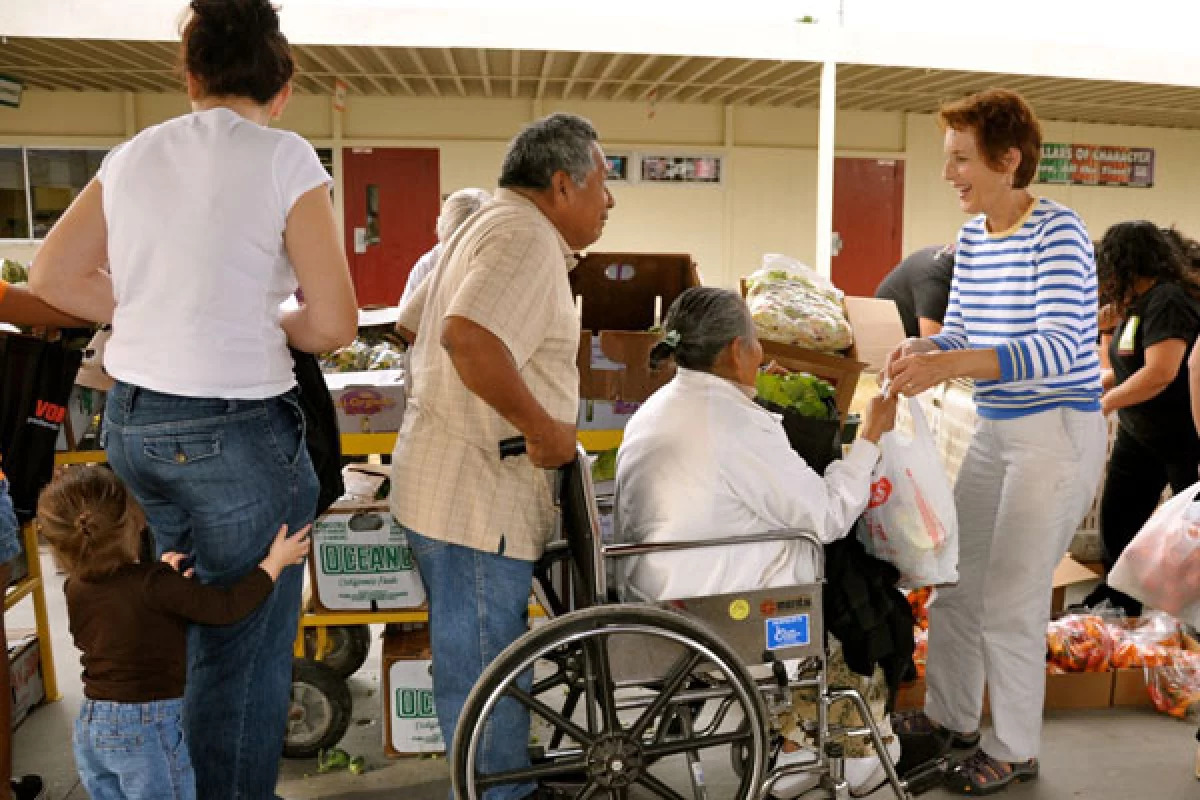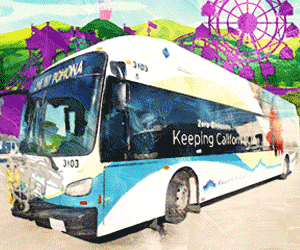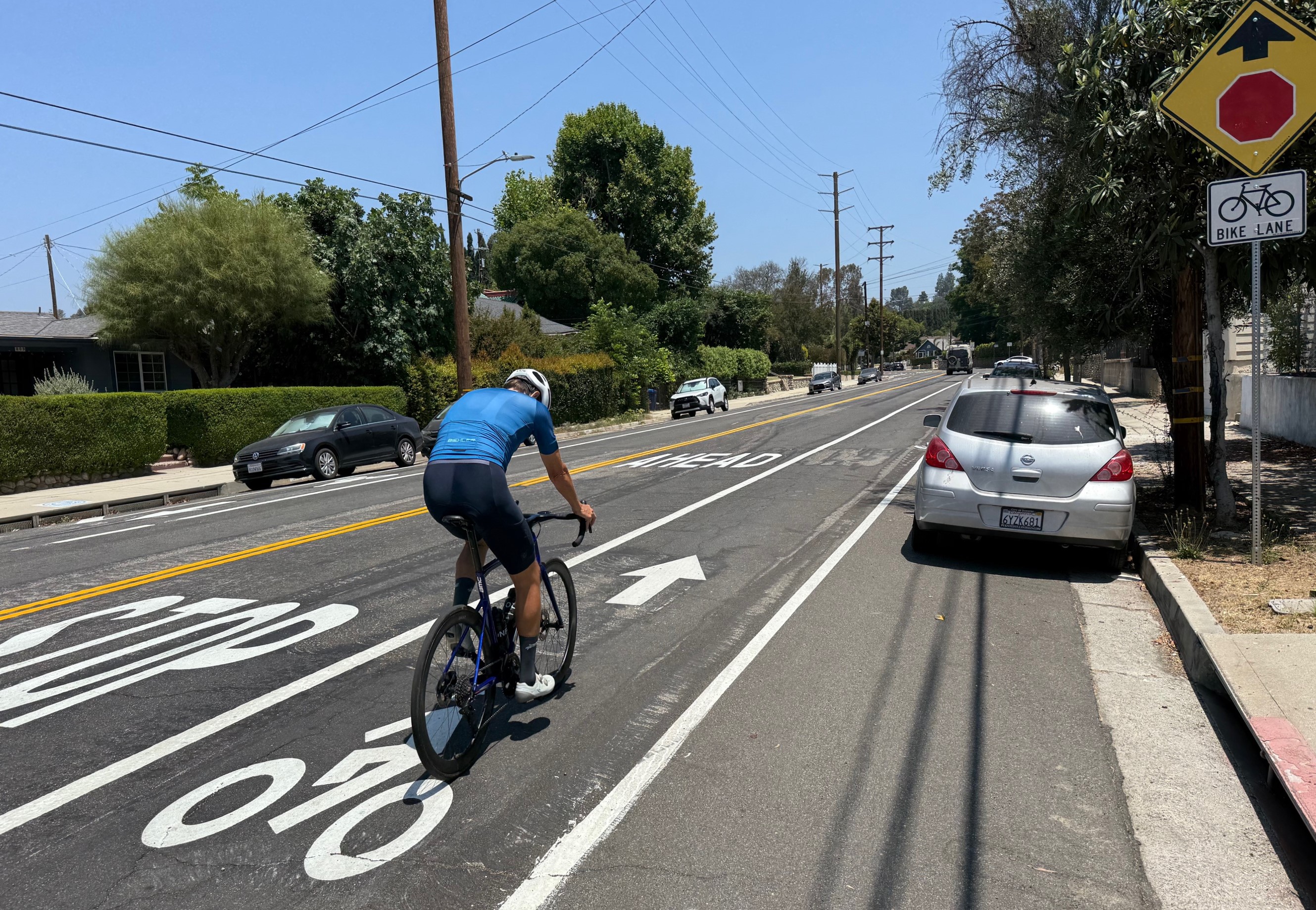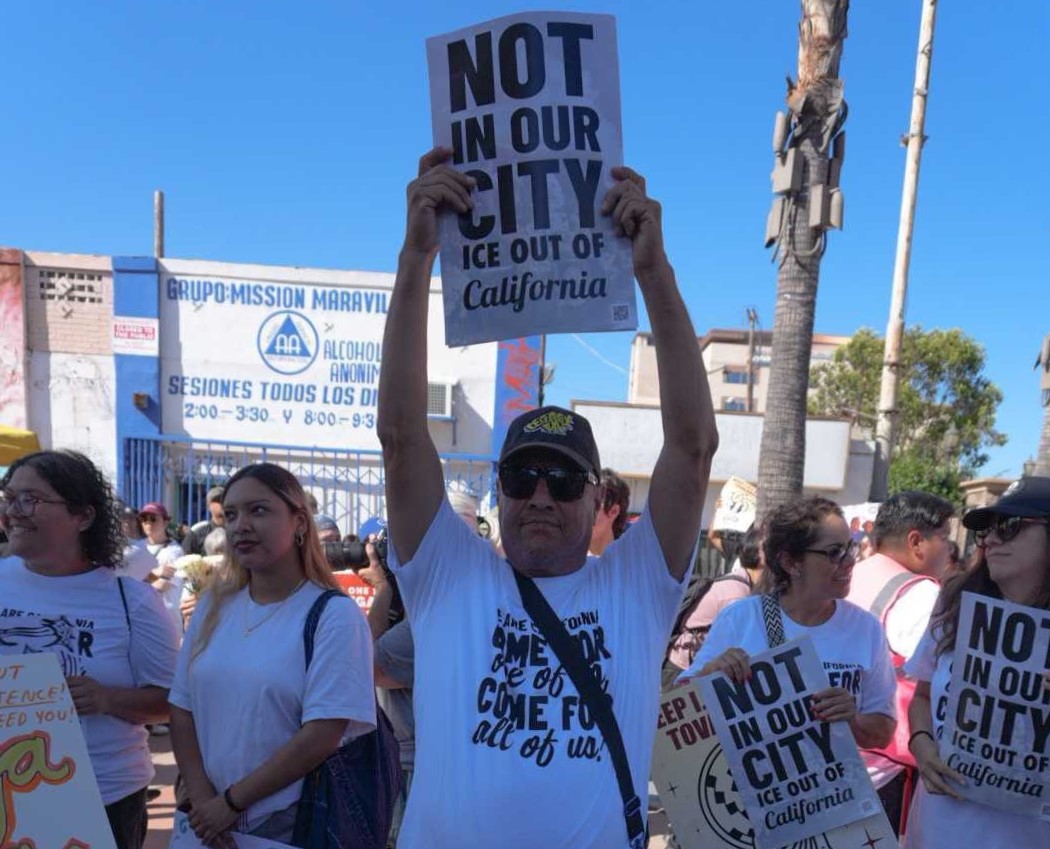On Thursday, the SGV Council of Governments allocated a quarter million dollars to … mash two potatoes with one fork, so to speak.
The first goal is meeting food security needs for the area’s unhoused population. The second goal looks to the near future, 2025, when at least twenty percent of California’s currently disposed-of surplus food will have to be rescued for consumption and reduction of methane emissions under S.B. 1383.
The $250,000 comes from a $5.625 million state budget earmark administered in 2019 to address homelessness in the San Gabriel Valley. Previously, portions of the money have been put into the COG’s member cities’ existing prevention and diversion programs, landlord education and incentives, and funding for the San Gabriel Valley Regional Housing Trust.
SGVCOG Executive Director Marisa Creter tells Streetsblog, “At sheltered sites for people experiencing homelessness, the cost of providing three daily meals represents a large percentage of the operational costs, making it one of the challenging components of feasibly constructing and operating these interim housing sites.”
In Fall 2021, the SGVCOG had 14 of its member cities evaluated (by consultant SCS Engineers) to see how much edible surplus food was generated in the area annually and what the capacity is for local organizations to recover it. Less than a third of large food generators in the study areas were donating the roughly 15 million pounds of excess food they generated in one year, but the evaluation found that local recovery agencies were capable of handling it all.
However, surplus food output is expected to increase. Creter says, “The SGVCOG will further work with member cities and food recovery organizations later this year to establish regional food recovery centers to increase the capacity.”
Christine Tran, Executive Director of the Los Angeles Food Policy Council, says she thinks this allocation is a great idea. “I'm excited for what's to come. But I also think there needs to be more infrastructure.”
Tran, a South El Monte native, describes her organization as “the rolodex of food systems” in the city of Los Angeles. She says the general challenge of getting surplus food to hungry people is maintaining a supply chain between food producers, recovery agencies, storage points, and distributors. Tran tells Streetsblog that she’s not aware of a coherent network in the San Gabriel Valley, but says there are groups throughout Southern California that the COG could brainstorm with.
That would start with recovery: “Food Forward is a food rescue entity that arranges food rescue, from food at farmers markets that are left over after a market [to backyard fruit trees]. "If you have a fruit tree that produces too many avocados or guavas, Food Forward folks will come by and pick them.”
Then there’s coordinating delivery from a variety of producers to centralized storage. For that she shouts out the High Desert Food Collaborative. “They, as a geographic area, got together to develop a collaborative because systems didn't exist. People were just doing their own thing.”
And for the actual distribution of food to the people who need it most, Tran says there’s one group in particular carrying the standard. “It would be great to connect the SGV with the Hollywood Food Coalition, because they feed the unhoused every day, and they pride themselves in being able to offer things when other folks are closed.”
Still, she says connecting groups like these, that generally run on limited staff and volunteer service to do the skilled labor of keeping food sorted and safe, could be a struggle. “So either entities need to be developed for this - or we need a catalyzing entity to bring people together.”
Is $250,000 going to be enough seed money to get this effort going? Tran says her agency has struggled to do similar things with more money. “We got a million dollars collectively for L.A. City. This money is being stewarded by Community Health Councils. They're getting ten percent to manage the money... So ten percent of a quarter million has to go through some sort of fiscal intermediary to hold the checkbook. Okay, subtract that. Who's the workforce, who's the labor? And then equipment? Do you need a jack? Do you need something to help you move food? You need a truck, right?”
The SGVCOG is planning on allocating the money in four to five grants of up to $50,000 dollars to various agencies that can use the funds to procure food, pay staff, transport food, store food, buy equipment, prepare food, construct spaces, or train new staff.
Interested parties can apply for the grants using this form. The deadline is September 30, 2022.
Streetsblog’s San Gabriel Valley coverage is supported by Foothill Transit, offering car-free travel throughout the San Gabriel Valley with connections to the new Gold Line Stations across the Foothills and Commuter Express lines traveling into the heart of downtown L.A. To plan your trip, visit Foothill Transit. “Foothill Transit. Going Good Places.”
Sign-up for our SGV Connect Newsletter, coming to your inbox on Fridays!







